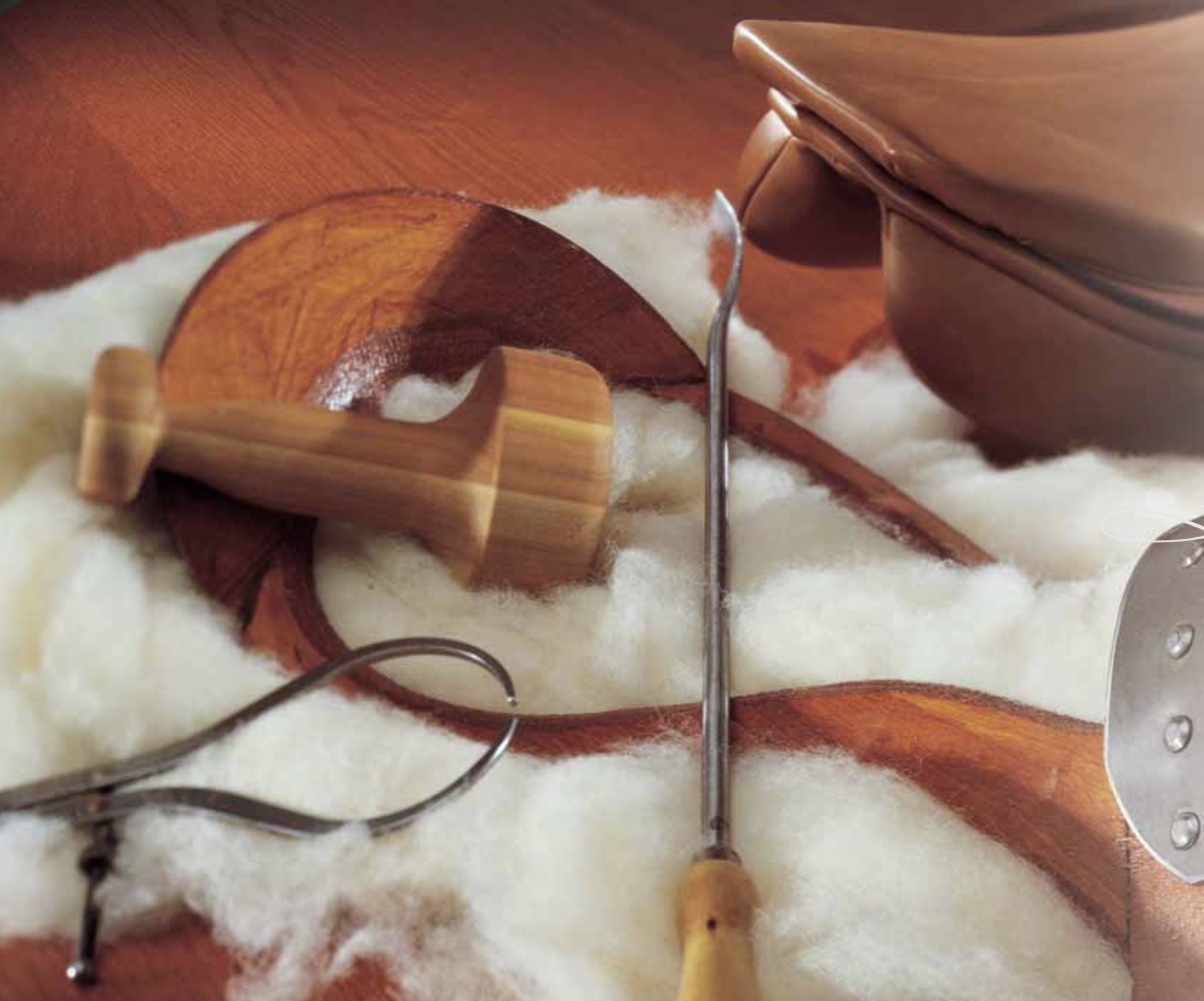The Superiority of Wool Flock Saddles Over Synthetic and Foam Saddles
The Superiority of Wool Flock Saddles Over Synthetic and Foam Saddles
In the realm of equestrian sports and horseback riding, the saddle is a pivotal component that can greatly influence the performance and comfort of both the rider and the horse. Among the various saddle types, wool flock saddles are often deemed superior to their synthetic and foam counterparts. This article explores the distinct advantages of wool flock saddles and why they are favored by many riders and equine professionals.
1. Customizable Fit and Comfort
Wool flock saddles are renowned for their ability to be customized for an optimal fit. The natural fibers in wool flocking can be adjusted by a professional saddle fitter to precisely contour to a horse's back. This ensures an even distribution of the rider’s weight, minimizing the risk of pressure points and discomfort for the horse. As horses grow and their musculature changes, wool flocking can be easily adjusted to maintain an ideal fit, something that synthetic and foam saddles struggle to achieve with the same precision.
2. Superior Shock Absorption
One of the standout features of wool flock saddles is their excellent shock absorption. Wool’s natural fibers can compress and expand, effectively absorbing and dissipating the energy from movement and impact. This not only enhances comfort but also helps in preventing injuries that can result from prolonged exposure to jarring movements. Synthetic and foam saddles, on the other hand, often lack this dynamic adaptability and can become compacted over time, losing their shock-absorbing capabilities.
3. Breathability and Temperature Regulation
Wool’s natural fibers offer excellent breathability and moisture-wicking properties. This allows air to circulate through the saddle, keeping the horse’s back cooler and drier during rides. This breathability is particularly beneficial in preventing heat build-up and sweat accumulation, which can lead to discomfort and skin irritations. Synthetic materials and foam tend to trap heat and moisture, creating a less favorable environment for the horse’s skin and potentially leading to sores and discomfort.
4. Durability and Longevity
Wool flock saddles are known for their durability and longevity. With proper care and regular maintenance, a wool flock saddle can last many years. The natural resilience of wool ensures that it maintains its shape and functionality over extended periods, even with frequent use. In contrast, synthetic and foam materials are more prone to wear and tear, often requiring replacement or refurbishment sooner than their wool counterparts.
5. Environmental Considerations
Wool is a natural, renewable resource that is biodegradable, making wool flock saddles an environmentally friendly choice. The production and disposal of synthetic materials and foam saddles, however, tend to have a more significant environmental impact due to the chemicals and processes involved. Riders who are environmentally conscious often prefer wool flock saddles for their sustainability and lower ecological footprint.
6. Enhanced Performance
The combination of a customizable fit, superior shock absorption, breathability, and durability translates to enhanced performance for both horse and rider. A well-fitted wool flock saddle allows the horse to move more freely and comfortably, improving gait and performance. Riders benefit from increased stability and comfort, which facilitates better communication and control over the horse. These factors are crucial for competitive disciplines where precision and harmony between horse and rider are essential.
Conclusion
Wool flock saddles offer numerous benefits that make them superior to synthetic and foam saddles. Their ability to provide a customizable fit, superior shock absorption, breathability, durability, and environmental friendliness sets them apart as the preferred choice for many equestrians. Investing in a wool flock saddle is not just about comfort and performance; it is also a commitment to the well-being of the horse and the sustainability of equestrian practices.
Recent Posts
-
SADDLE FITTING CLINIC
29th Nov 2025 -
SADDLE FITTING CLINIC
7th Nov 2025 -


